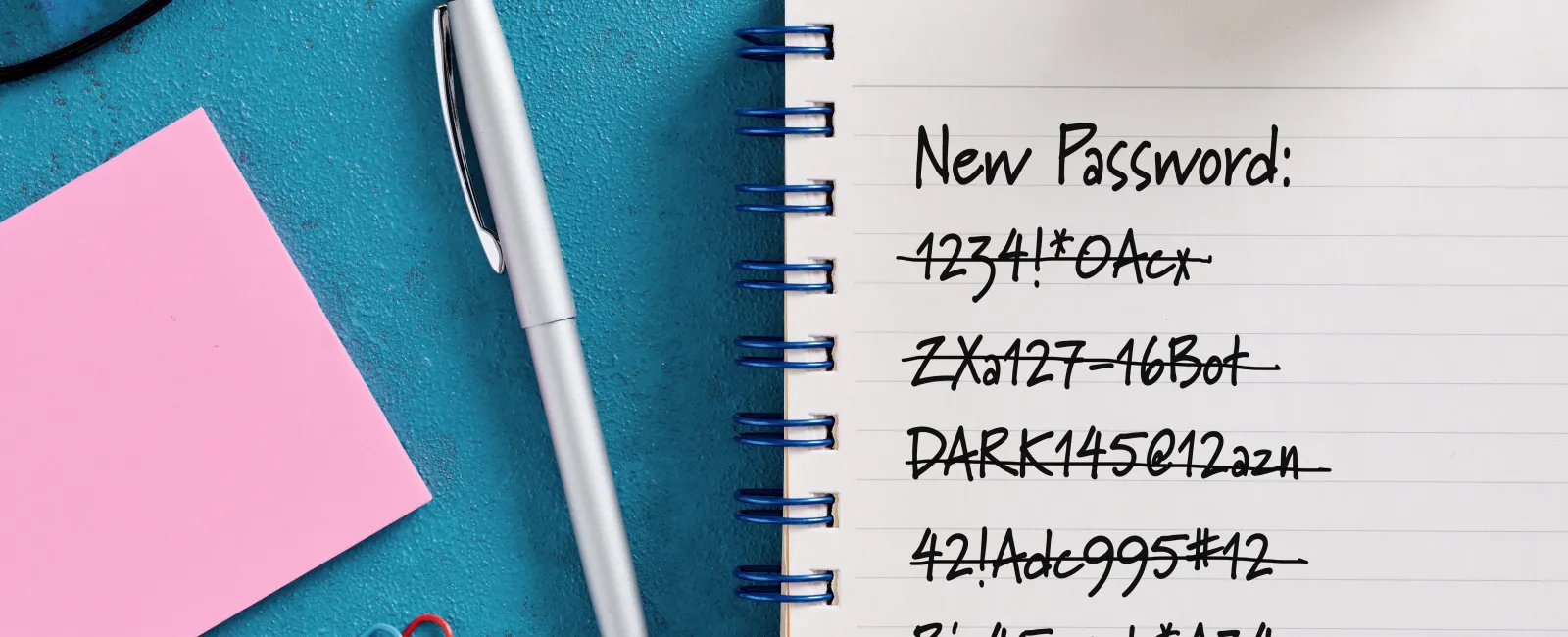April 30, 2025
Authentication and Password Management in
Cybersecurity
As a Level 3 Support Engineer, I
frequently receive questions about security, particularly concerning password
management. Users often manage passwords for multiple systems, each with
different complexity requirements and rotation policies. When overwhelmed,
users tend to fall back on risky behaviors such as:
●
Writing passwords down
●
Reusing passwords across multiple
systems
●
Creating weak, predictable
passwords
These habits increase the risk of
credential compromise, making robust Identity and Access Management (IAM)
essential for securing both personal and organizational data.
Solutions for Stronger
Authentication Security
One effective solution is the use of a
password manager. However, password managers come with their own
considerations, including:
●
Encryption Standards: Look for
solutions that follow NIST SP 800-63B guidelines and use strong encryption
(e.g., AES-256).
●
Storage Considerations:
Cloud-based vs. local storage—cloud solutions may introduce risks if not
properly secured.
●
Master Password Risks: A weak
master password could expose all stored credentials. Enabling multi-factor
authentication (MFA) for the password manager mitigates this risk.
Beyond password managers, multi-factor
authentication (MFA) is a critical security measure that adds an extra layer of
protection. A common misconception is that a username and password count as two
factors—in reality, they are a single authentication factor ("something
you know").
To enhance authentication security, it is
helpful to understand the four categories of authentication factors:
- Something You Know - Passwords, PINs, security questions
- Something
You Have - Mobile devices, security keys, authentication apps
- Something
You Are - Biometrics (fingerprint, facial recognition, retina scan)
- Somewhere You Are - Location-based authentication using GPS or IP
restrictions
Best Practices for
Multi-Factor Authentication (MFA)
The most effective MFA implementations
combine "something you know" with either "something you
have" or "something you are":
●
Authenticator Apps (TOTP-based,
e.g., Google Authenticator, Microsoft Authenticator)
●
Hardware Security Keys (e.g.,
YubiKey, FIDO2/WebAuthn devices)
●
Biometric Authentication
(fingerprint, facial recognition)
Organizations can further enhance
security by implementing geo-fencing—restricting access based on geographical
location. For example, users may only access specific systems from approved
office locations, reducing the attack surface.
Evolving Authentication
Security Trends
Authentication methods have improved
significantly in recent years. Even push notifications have evolved from simple
"accept/decline" options to requiring users to match a randomized number to
prevent push fatigue attacks. Looking ahead, passwordless authentication
solutions, such as FIDO2/WebAuthn and passkeys, are gaining traction as a more
secure alternative to traditional password-based logins.
Conclusion
Single-factor authentication is no longer
sufficient to protect sensitive data. Multi-factor authentication, combined
with strong IAM policies, password management solutions, and emerging
authentication technologies, is essential for modern cybersecurity. By
following best practices aligned with NIST guidelines and zero trust
principles, individuals and organizations can significantly reduce the risk of
credential-based attacks.



